<< Our Photo Pages >> Dzibanche - Ancient Village or Settlement in Mexico in Quintana Roo
Submitted by LivingRocks on Saturday, 12 January 2013 Page Views: 9568
Multi-periodSite Name: Dzibanche Alternative Name: DzibanchéCountry: Mexico Region: Quintana Roo Type: Ancient Village or Settlement
Nearest Town: Chetumal Nearest Village: Morocoy
Latitude: 18.642190N Longitude: 88.76064W
Condition:
| 5 | Perfect |
| 4 | Almost Perfect |
| 3 | Reasonable but with some damage |
| 2 | Ruined but still recognisable as an ancient site |
| 1 | Pretty much destroyed, possibly visible as crop marks |
| 0 | No data. |
| -1 | Completely destroyed |
| 5 | Superb |
| 4 | Good |
| 3 | Ordinary |
| 2 | Not Good |
| 1 | Awful |
| 0 | No data. |
| 5 | Can be driven to, probably with disabled access |
| 4 | Short walk on a footpath |
| 3 | Requiring a bit more of a walk |
| 2 | A long walk |
| 1 | In the middle of nowhere, a nightmare to find |
| 0 | No data. |
| 5 | co-ordinates taken by GPS or official recorded co-ordinates |
| 4 | co-ordinates scaled from a detailed map |
| 3 | co-ordinates scaled from a bad map |
| 2 | co-ordinates of the nearest village |
| 1 | co-ordinates of the nearest town |
| 0 | no data |
Internal Links:
External Links:
I have visited· I would like to visit
DrewParsons MelissaBWrite would like to visit
davidmorgan has visited here
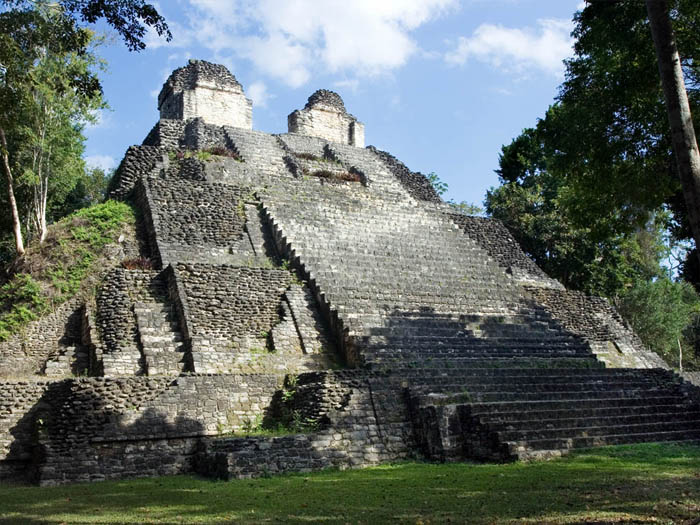
Throughout that area they erected their homes and buildings for worshipping their gods, as well as public buildings which were the hub of the community’s social and economic life. The site's most important architectural complex is made up of a number of plazas ringed by large palaces and platforms from which temples arose. The most notable of these plazas are those corresponding to Temples 1 & 2, as well as the Small Acropolis, that of the so called ‘Unknown Building’ and that of the Set in ‘C’ A Ball Court, somewhat removed from the main block of structures completes the list of buildings.
(Taken from the site information board)
Note: Dzibanché discoveries redifine the "Maya Collapse", showing lowland cities were not completely abandoned
You may be viewing yesterday's version of this page. To see the most up to date information please register for a free account.
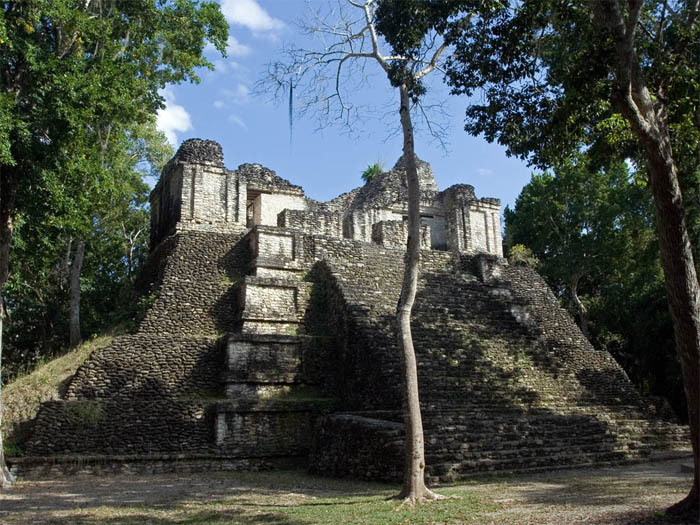
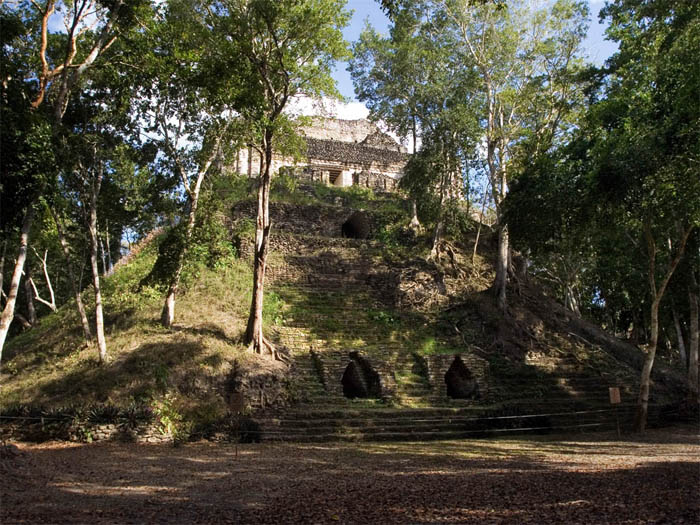
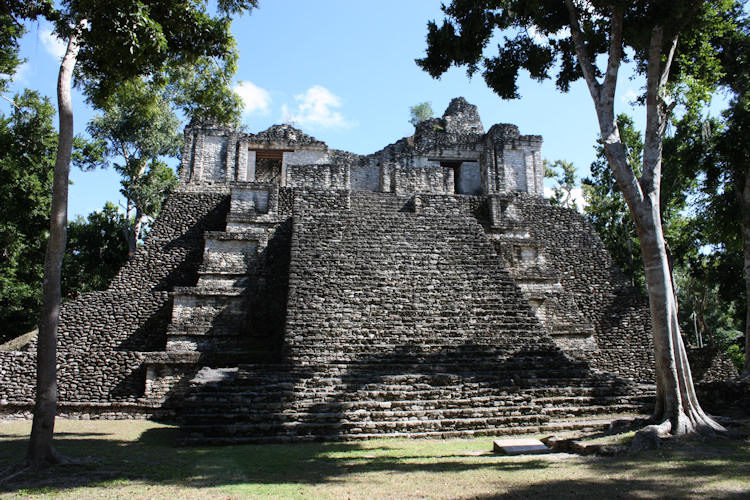
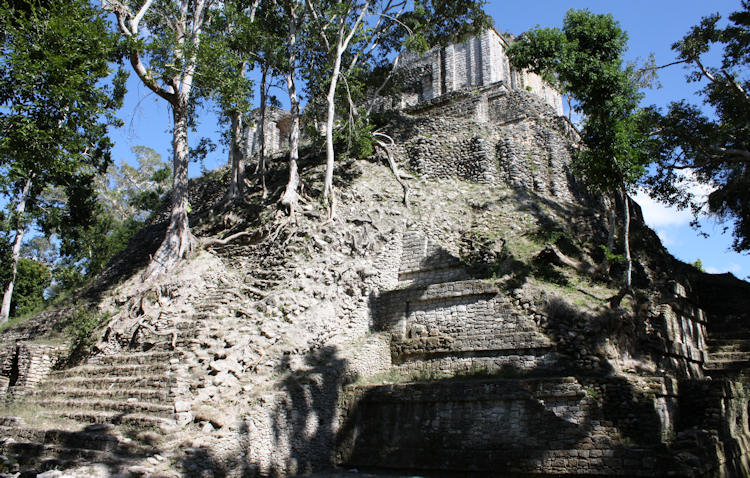
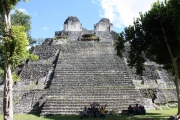
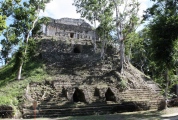
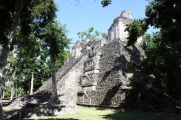

Do not use the above information on other web sites or publications without permission of the contributor.
Click here to see more info for this site
Nearby sites
Click here to view sites on an interactive map of the areaKey: Red: member's photo, Blue: 3rd party photo, Yellow: other image, Green: no photo - please go there and take one, Grey: site destroyed
Download sites to:
KML (Google Earth)
GPX (GPS waypoints)
CSV (Garmin/Navman)
CSV (Excel)
To unlock full downloads you need to sign up as a Contributory Member. Otherwise downloads are limited to 50 sites.
Turn off the page maps and other distractions
Nearby sites listing. In the following links * = Image available
1.0km W 274° Lamay* Ancient Village or Settlement
2.2km NNW 341° Kinichná* Ancient Village or Settlement
25.0km S 187° Kohunlich* Ancient Village or Settlement
46.9km SE 125° Santa Rita Corozal Ancient Village or Settlement
49.4km ESE 110° Noh Kah Ancient Village or Settlement
49.8km SE 136° Aventura Ancient Village or Settlement
50.9km SSE 158° Noh Mul Pyramid* Pyramid / Mastaba
69.6km WSW 258° Xpuhil* Ancient Village or Settlement
69.7km W 265° Chactún.* Ancient Village or Settlement
75.6km W 259° Becan* Ancient Village or Settlement
76.7km NE 56° Chacchoben* Ancient Village or Settlement
77.9km W 259° Chicanná* Ancient Village or Settlement
81.5km WSW 251° Hormiguero* Ancient Village or Settlement
87.1km S 189° Medicinal Trail Ancient Village or Settlement
87.8km S 189° Blue Creek Ancient Village or Settlement
99.6km S 174° Lamanai Ancient Village or Settlement
107.1km SSE 156° Altun Ha Ancient Village or Settlement
124.7km WSW 242° Calakmul* Ancient Village or Settlement
125.2km W 266° Balamkú* Ancient Village or Settlement
136.2km NW 320° Dzibilnocac* Ancient Village or Settlement
136.2km NW 309° Hochob* Ancient Village or Settlement
136.7km S 185° Cara Blanca Natural Stone / Erratic / Other Natural Feature
138.0km SSW 205° Xultun Ancient Village or Settlement
139.3km SSW 209° San Bartolo* Ancient Village or Settlement
143.7km NW 312° Tabasqueno* Ancient Village or Settlement
View more nearby sites and additional images



 We would like to know more about this location. Please feel free to add a brief description and any relevant information in your own language.
We would like to know more about this location. Please feel free to add a brief description and any relevant information in your own language. Wir möchten mehr über diese Stätte erfahren. Bitte zögern Sie nicht, eine kurze Beschreibung und relevante Informationen in Deutsch hinzuzufügen.
Wir möchten mehr über diese Stätte erfahren. Bitte zögern Sie nicht, eine kurze Beschreibung und relevante Informationen in Deutsch hinzuzufügen. Nous aimerions en savoir encore un peu sur les lieux. S'il vous plaît n'hesitez pas à ajouter une courte description et tous les renseignements pertinents dans votre propre langue.
Nous aimerions en savoir encore un peu sur les lieux. S'il vous plaît n'hesitez pas à ajouter une courte description et tous les renseignements pertinents dans votre propre langue. Quisieramos informarnos un poco más de las lugares. No dude en añadir una breve descripción y otros datos relevantes en su propio idioma.
Quisieramos informarnos un poco más de las lugares. No dude en añadir una breve descripción y otros datos relevantes en su propio idioma.